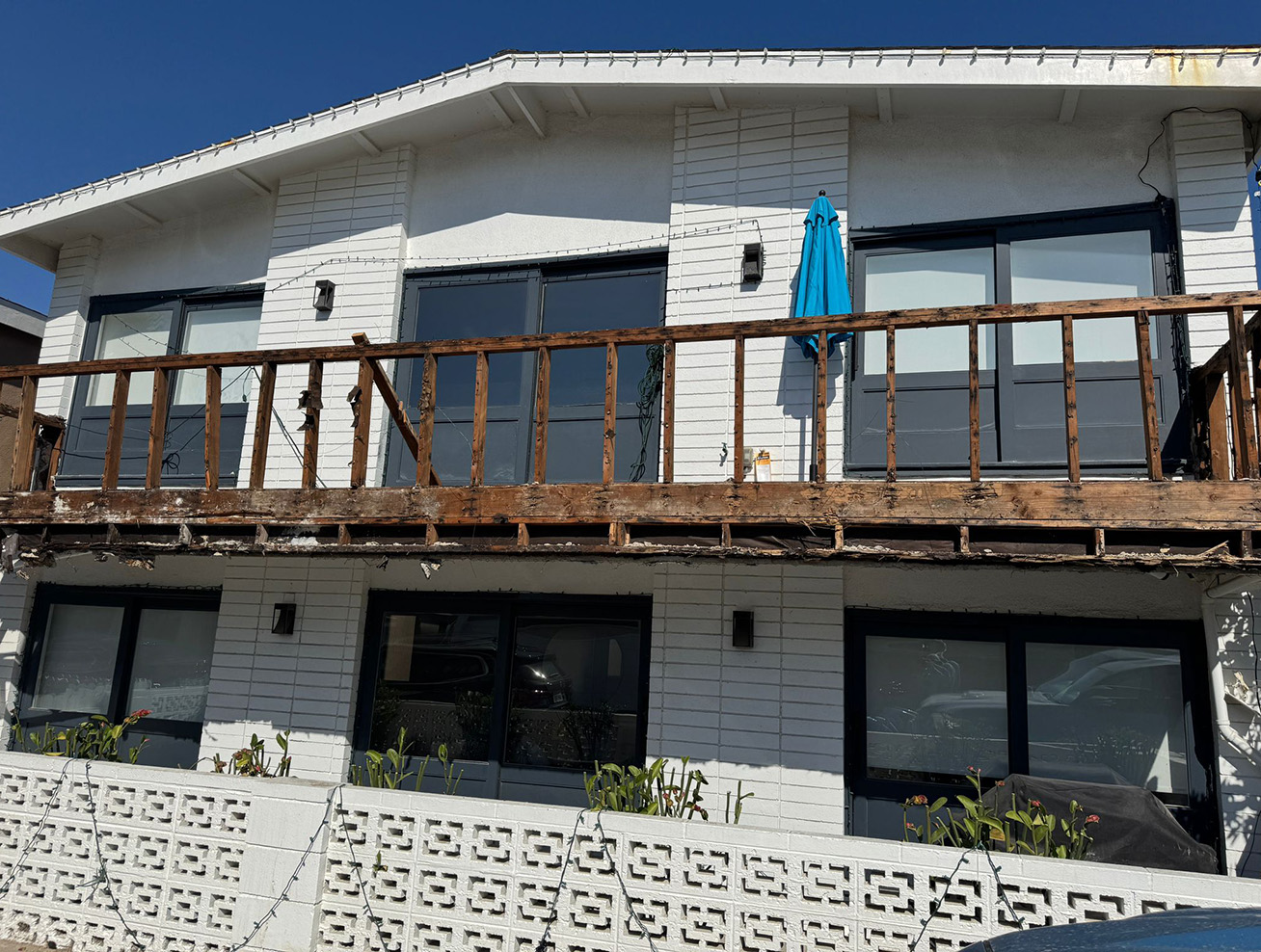What Is a Cantilever Deck? Your Friendly Rundown

Ever looked at a deck jutting out from a house with no posts underneath and thought, What’s that all about? Well, that’s a cantilever deck—a cool, elevated platform that extends beyond the wall it’s attached to, held up by beams or joists sticking out from the structure, no legs needed below. Think of it like a diving board for your outdoor space—sleek, space-saving, and perfect for soaking in a view without cluttering your yard with supports. It’s a bold design trick, often seen off balconies or upper floors, giving you that floating vibe without extra posts.
As a civil engineer who’s built these beauties (and loves a good deck sunset), I’m here to spill the details. By now, you’ve got the scoop: a cantilever deck is a deck that hangs out from your house, supported by beams extending from inside—no posts underneath—just pure engineering magic. Stick with me, and I’ll walk you through how it works, why it’s awesome, safety stuff, and a bit about balcony inspection—all in a way that feels like we’re chatting over a cold drink, not wading through tech manuals. Let’s explore what makes a cantilever deck tick!
What Is a Cantilever Deck: The Design Basics
Picture this: you step out onto a deck that seems to float—no clunky posts breaking the view below. That’s the heart of a cantilever deck. It’s anchored to your house with beams or joists that poke out—usually 1/3 of their length beyond the wall—while the rest stays inside, tied to the floor framing. I’ve designed them off second stories or over slopes—perfect when you want space without eating up the ground below. No posts mean a clean look and more room for a garden or patio underneath.
From my engineer’s toolbox, it’s about balance. Those beams—say, 2x10s or steel I-beams—need to be beefy enough to hold the load (you, furniture, snow). Codes like the International Residential Code (IRC) limit how far they can stick out—typically 2-6 feet, depending on size and span tables. It’s slick, but it leans hard on proper anchoring—lag bolts or steel brackets—and waterproofing where it meets the house. A quick deck inspection can catch flaws early, keeping it solid.
Why Choose a Cantilever Deck?
Why go cantilever? It’s all about space and style. Imagine a tight lot—no room for posts—or a killer view you don’t want blocked. I’ve built cantilever decks for folks who wanted a perch over a hillside—gorgeous and practical. They save yard space, dodge the hassle of digging footings, and feel modern—less lumber, more float. Plus, they’re great for balconies or upper floors where posts just won’t fit.
But there’s a flip side—cantilevers need precision. Overextend those beams, and you’ll feel bounce—or worse, sag. I’ve seen DIY jobs cantilever too far—6 feet on flimsy joists—and wobble like a trampoline. Codes cap it for a reason—safety first. A solid design keeps it dreamy, not dicey.
Safety: Keeping Your Cantilever Deck Solid
Safety’s where it gets real. A cantilever deck hangs out there—literally—so it’s got to hold up. Water’s the big enemy—leaking where it meets the house rots joists fast. I’ve seen a deck where poor flashing let water in—beams softened, and it nearly gave. That’s why balcony inspection matters—checking anchors, wood, and seals. In California, deck inspection ties to laws like SB326 or SB721 for elevated setups—catching risks before they’re disasters.
Fact: Cantilever failures often tie to water—60% of deck issues, per construction stats. Rails need to hit 36 inches (over 30 inches up) and hold 200 pounds of force—IRC rules. I’ve pushed rails in inspections—weak ones fail fast. Keep it sealed, anchored, and checked—no shortcuts.
Safety Musts for Cantilever Decks
- Anchors: Bolted tight, no rust.
- Waterproofing: Flashing at the wall.
- Rails: 36 inches, sturdy as rock.
Building a Cantilever Deck: How It’s Done
Building a cantilever deck? Start inside—beams tie to your floor joists or a ledger, extending out 2-6 feet (check local codes). I’ve used doubled 2x12s for a 4-foot cantilever—strong, no bounce. Lag bolts or hangers secure it—200 pounds per square foot load capacity’s the goal. Decking goes on top—wood, composite, whatever—and rails cap it off. Waterproofing’s clutch—flash the ledger, seal seams—or rot’s your reward.
Cost? $20-$50 per square foot—cheaper than post decks since no footings ($1,000-$5,000 for a 100-square-foot cantilever vs $6,000+ with posts). Permits are a must—cities want drawings to prove it’s safe. I’ve seen unpermitted jobs red-tagged—don’t skip it. A pro deck inspection cost later (maybe $500) keeps it legit.
Maintenance: Caring for Your Cantilever Deck
Keeping a cantilever deck happy is simple but key. Check the wall connection yearly—water loves that spot. Seal decking—$50 a can—stops moisture sneaking in. I tell folks: look under it—soft wood or rust means trouble. No posts mean less to fix, but that cantilevered edge needs love—tight bolts, no wobble. I’ve saved a deck with a $200 reseal—skipped it once, and rot hit $3,000.
Case Study: A cantilever deck I checked had a leaky seam—caught it early, fixed for $300 vs $5,000 if it spread. Regular care’s your win.
Balcony Inspection: Cantilever Connection
Since many cantilever decks double as balconies, balcony inspection is your safety net—especially elevated ones. Pros check beams, anchors, and rails—same as deck inspection, but with a cantilever twist: they test that overhang. I’ve used moisture meters to find dampness where ledger meets house—saved a deck from collapse. In California, SB326 or SB721 might apply—deadlines hit January 1, 2025—ensuring EEEs (like cantilevers) hold up. Deck inspection cost varies—$300-$800—but it’s cheap insurance.
Data Point: 20% of deck fails link to poor cantilever anchoring—inspections catch it early.
Call to Action: Connect with DrBalcony
Still curious about what is a cantilever deck? Or want clarity on balcony inspection or deck inspection cost? DrBalcony won’t build or check it for you, but they’re here to guide you to pros and answers. Got questions? Contact DrBalcony today—or drop ‘em in the comments below! We’ll answer ASAP to keep your cantilever dreams floating strong!

